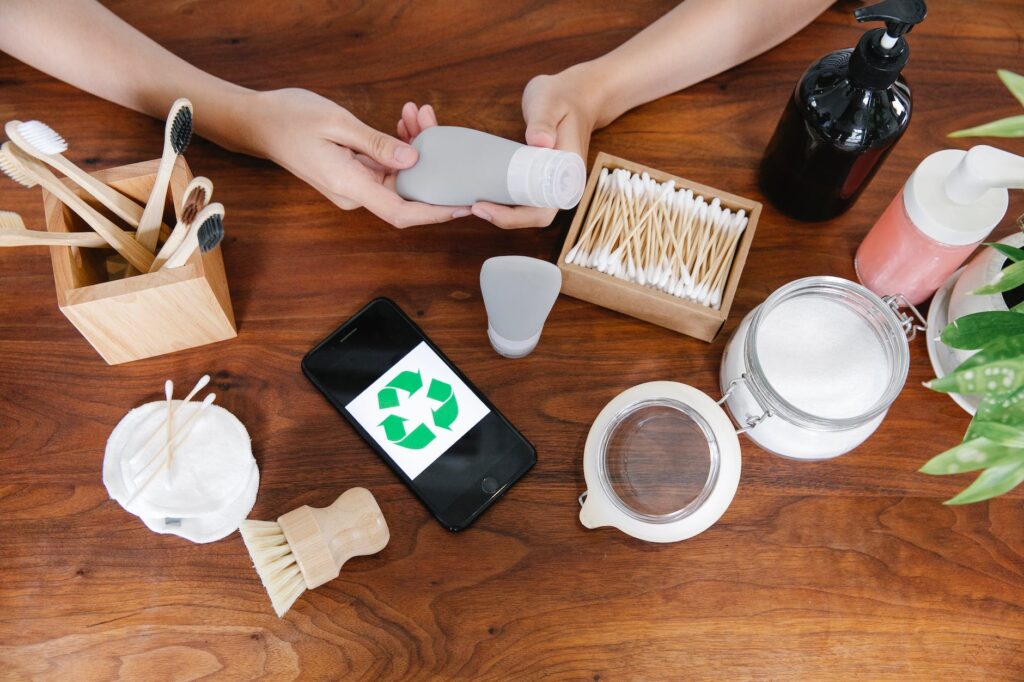Recycling and biodegradable plastics serve different purposes and have different benefits. It is not accurate to say that one is universally better than the other. Here’s some information to help you understand the differences:
Recycling:
- Resource Conservation: Recycling plastic helps conserve resources by reducing the need for new raw materials. It reduces the extraction of fossil fuels and the energy-intensive processes required to produce virgin plastic.
- Waste Reduction: Recycling prevents plastic from ending up in landfills or oceans, reducing environmental pollution and the associated negative impacts.
- Circular Economy: Recycling supports the concept of a circular economy by promoting the reuse of materials. It can help create a closed-loop system where plastic is continually recycled and reused.
Biodegradable Plastics:
- Decomposition: Biodegradable plastics have the ability to break down naturally over time, usually through the action of microorganisms. This can reduce their persistence in the environment.
- Specific Applications: Biodegradable plastics can be useful in certain applications, such as single-use items like food packaging or disposable utensils, where recycling might be challenging due to contamination or lack of infrastructure.
- Alternative to Fossil Fuel Plastics: Biodegradable plastics can be made from renewable resources, reducing reliance on fossil fuels.
However, it’s important to note that biodegradable plastics also have limitations and challenges:
- Environmental Impact: Biodegradable plastics may still have negative environmental impacts during their production, including resource consumption and greenhouse gas emissions.
- Recycling Challenges: Biodegradable plastics can contaminate the recycling process and hinder the recycling of traditional plastics.
- Conditions for Decomposition: Biodegradable plastics require specific conditions, such as high temperatures and microbial activity, to decompose properly. If these conditions are not met, they may persist in the environment.
In summary, both recycling and biodegradable plastics have their merits, but they should be seen as complementary rather than mutually exclusive solutions. Prioritizing reduction of plastic usage, improving recycling infrastructure, and promoting the use of sustainable alternatives remain key strategies for addressing the plastic waste problem effectively.

